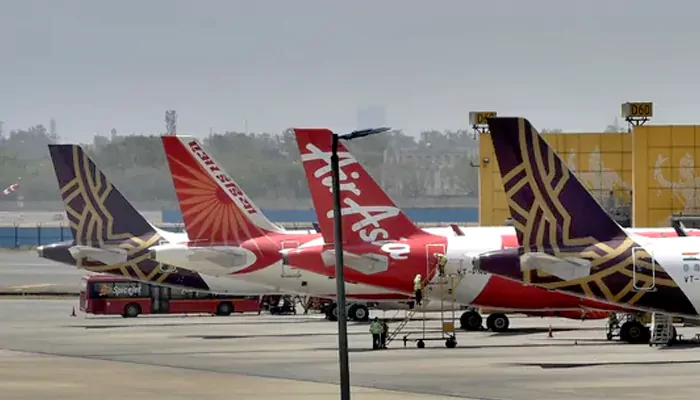
Navigating the skies: unveiling the differences among indian carriers
India's aviation industry is very busy, and there are a lot of big companies competing for the top spot. Each is trying to set itself apart by changing the types of planes they use, the routes they fly, and the services they offer to passengers. Understanding what makes these carriers different is important for both travellers and people who work in the business.
Fleet: IndiGo has one of the largest fleets of Indian airlines, mostly made up of Airbus A320 family planes. With a focus on operational efficiency and cost-effectiveness, the carrier keeps a fleet of mostly standard A320neo and A321neo planes. IndiGo's plan for fleet expansion focuses on fuel efficiency and fleet commonality.
Routes: IndiGo has a large network of domestic and international routes that link India's major cities to some places in the Middle East, Southeast Asia, and Europe. The airline's large domestic network includes both major metro routes and smaller towns, so it can serve a wide range of passengers and make it easy to travel anywhere in the country.
IndiGo is known for its simple, low-cost plan that puts reliability, on-time arrival, and low prices first. Compared to full-service airlines,
Fleet: Air India, which is India's main airline, has a mixed fleet of both narrow-body and wide-body planes. Its fleet includes, among other things, Boeing 777, Boeing 787 Dreamliner, and Airbus A320 family planes. In the past, the airline had trouble updating its fleet and running its business efficiently.
Routes: Air India has a large network of domestic and foreign routes that connect numerous continents and important cities around the world. The airline serves both business and leisure travellers through its foreign hubs in North America, Asia, the Middle East, and Europe.
As a full-service airline, Air India provides a variety of services and facilities to its customers, such as free meals, entertainment on board, and large baggage allowances.
Fleet: SpiceJet has a wide range of Boeing and Bombardier planes in its fleet, with Boeing 737 and Bombardier Q400 turboprops being the most common. The airline has spent money to update its fleet by adding Boeing 737 MAX planes in an effort to make operations more efficient and save money on fuel.
Routes: SpiceJet has a large domestic network that includes both major and minor towns in India. The airline also runs some foreign routes to South Asian and Middle Eastern countries that are close by.
SpiceJet offers a variety of services to meet the needs of all of its passengers. As a low-cost airline that focuses on value for money, it offers a wide range of services.
For its fleet, Vistara uses new Airbus A320neo family planes with two-class cabins that have seats for business and economy passengers. The airline has put a lot of effort into standardising and optimising its fleet so that passengers can have a better journey experience.
Routes: Since Vistara is a full-service airline, it has a wide range of domestic and international routes, with a focus on big business and vacation spots. The airline's internal network includes major metropolises and a few regional hubs, catering to discerning travellers who expect the highest levels of service.
Vistara is famous for its high-end services, such as its personalised service, gourmet food choices, and large seating areas. Business class on the airline has lie-flat seats and access to a private lounge.
Each of the major Indian airlines has its own strengths and weaknesses that allow it to meet the needs and wants of a wide range of passengers. India has a lot of different airlines, each with its own style and benefits.